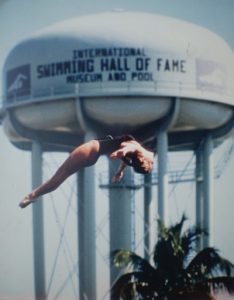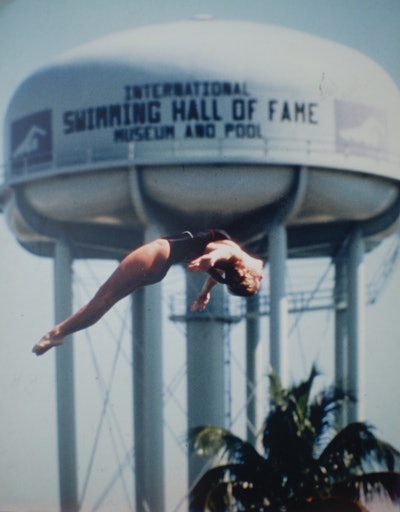Florida pool owners may be facing the first hurricane to land in 2023. The tropical storm Idalia has intensified rapidly and is now on course to become a category 3 hurricane. This is a serious threat to Florida’s Gulf Coast. The latest updates from the National Hurricane Center indicate that the storm is gaining momentum and could bring dangerous winds and a potentially life-threatening surge. In response to these dire warnings, Governor Ron DeSantis took swift action by extending the scope his executive order in order to declare a State of Emergency for 46 counties. This is a significant increase compared to the initial 32-county announcement issued only two days earlier.
The task of preparing the pool for the storm is crucial. Although the potential impact of the storm is uncertain, it’s clear that taking proactive measures to protect swimming pools will minimize damage and reduce risks. This will also facilitate a faster recovery after the storm. The Florida Swimming Pool Association offers some tips for pool owners to protect their pools and properties during the storm.
Pool Protection Steps Before the Storm
1. Water Levels & Stability
Maintaining the correct water level during a storm is crucial. The water’s weight anchors the structure of the pool during stormy weather. Do not drain your pool as this could cause structural problems. Maintain water levels in the range recommended to ensure stability during a storm.
2. Landscape Trimming & Object Removal
Even the smallest of objects can become projectiles in Mother Nature’s storms. Trim any branches that are overhanging the pool and could be a danger. Remove loose items such as tables, chairs and pool equipment to prevent damage. If you cannot bring items indoors, place them gently in the pool. Avoid a forceful toss that could damage the surface of the pool.
3. Power Shutdown and Chlorination
Super chlorinate your pool before a storm hits to protect its water chemistry. This is because the likelihood of an outage may continue during a storm, so this pre-storm chlorineation is a crucial step to maintain water quality. Switch off the power to all electrical equipment, such as pump motors. Wrap any exposed equipment in plastic to protect it from the weather.
Safety First: Riding out the Storm
1. Avoid Pool Use
Unpredictability of the storm makes it dangerous to use the pool during and after its impact. Water and water-related hazards, such as lightning, strong winds and other hazards, can be dangerous. Stay indoors and exercise caution.
2. Wait for Safe Inspection
After the storm has passed, do not rush outside. Wait until local authorities declare the area safe to assess any damage.
After the Storm, Recovery and Revival
1. Mindful Resumption of Pump
Avoid restarting your pumps immediately after the storm. Focus on assessing your pool and cleaning up any debris that has accumulated.
2. Equipment Inspection and Debris Removal
To remove debris from your pool, use a net, pool rake, or skimmer. It’s best to avoid using pool pumps and vacuum equipment during the initial cleaning phase. They can clog your plumbing. Be sure that all electrical equipment is completely dry before touching it. It’s best to have a professional check out the electrical components if you are unsure.
3. Balancing Act
The storm can also disrupt the water chemistry of your pool. Perform another shock treatment after the storm to begin the process of restoring the proper water balance.
The post Florida Pool owners brace for potential Category 3 hurricane first appeared on PoolMagazine.com. Get the Latest Pool News.






